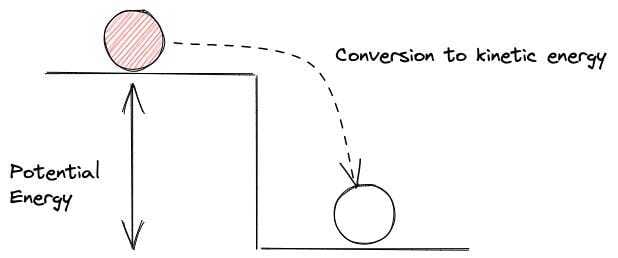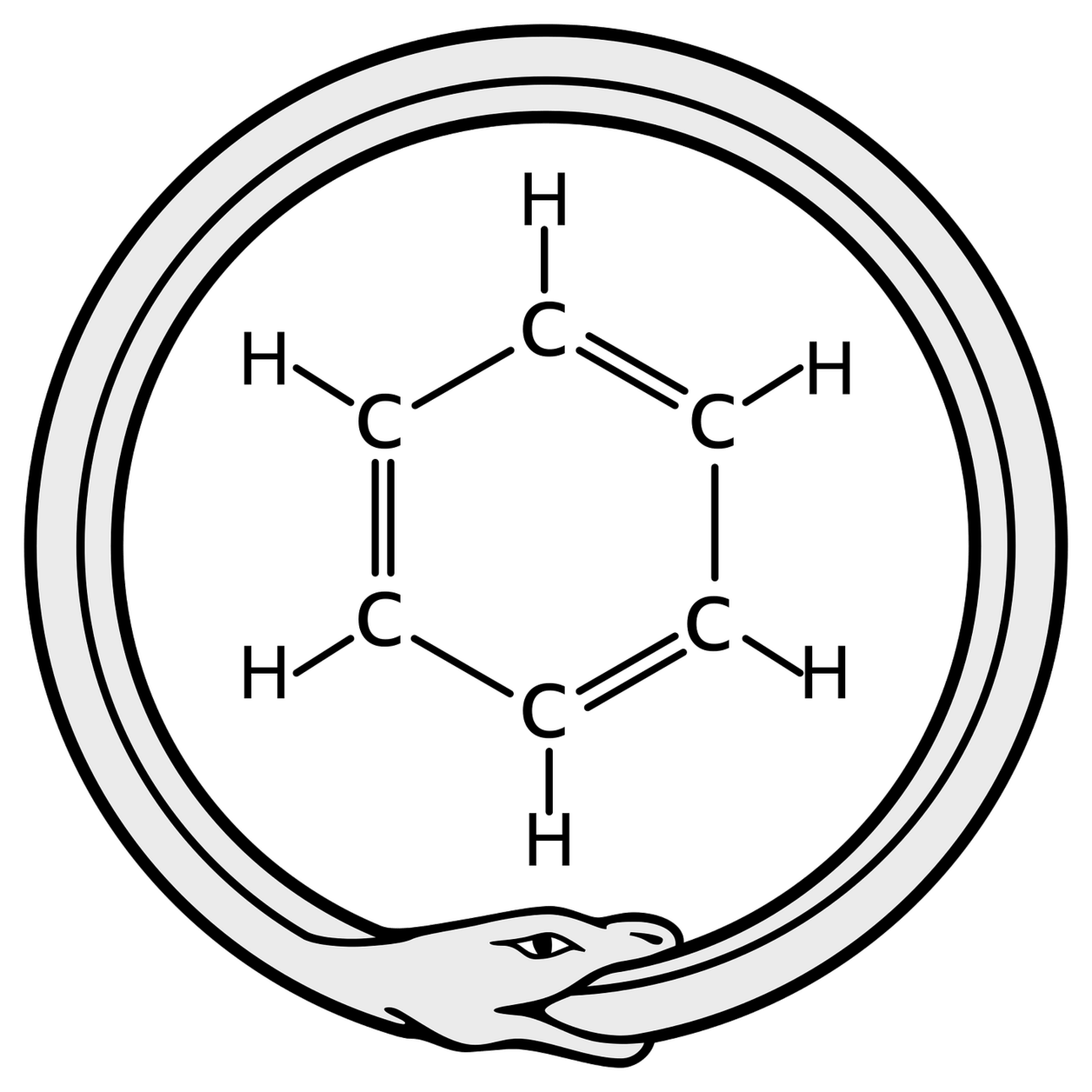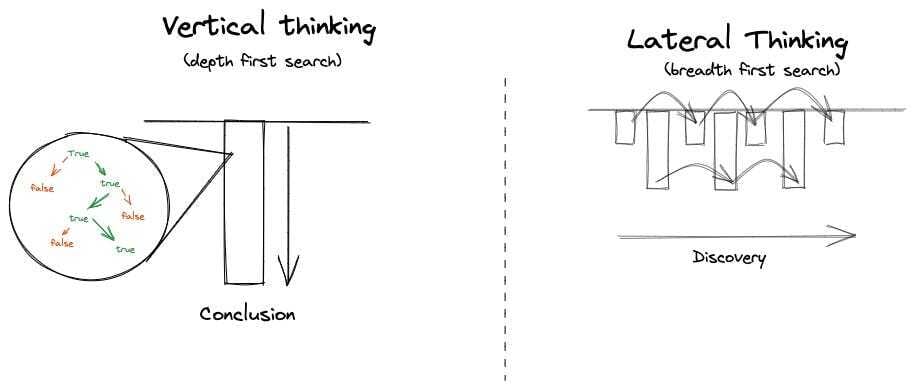- Robert meets World
- Posts
- Domain Transfer
Domain Transfer
Creativity & Transcontextual Thinking
The concept of “domain transfer” came to me from reading the philosopher and practitioner Nassim Taleb’s Incerto series a few years ago. In this note, I risk expansion upon Taleb’s work (which I am quite fond of) even though I am confident I shall be eternally (and perhaps rightfully) reprimanded for it. I do not recall if Taleb expressly calls the phenomena in question “domain transfer” (he probably does), however, I use the term to label an emergent corollary from a point that Taleb proposes in his long-form essay:
Experts can be blind to the cross-application of their knowledge in a given domain to a different domain.
If memory serves, Taleb refers to the error that certain groups of academics encounter when confronted with foreign situations in failing to see and apply prior knowledge to the given situation. The problem is compounded when there are elements of narrative which, perhaps for some evolutionary reason1, are salient to our faulty minds. Let us elaborate with an example.
Consider the high-browed academic statistician who, on route for a vacation in Hawaii, exits the unbearably long security clearance line at LAX airport. The statistician, exhausted by the need to pack and repack his belongings, is cornered in the airport lounge by an aggressive insurance salesman soliciting insurance for upcoming flights. Despite pre-existing training of the academic, and perhaps consequential to the influence of several gin & tonics, they might wrongfully overestimate the likelihood of an airplane hijacking occurring when compared to any general aircraft failure. In doing so, they might decide to purchase coverage against airplane hijacking instead of the more probable arbitrary vessel failure. Under pressure, the statistician fails to see the opportunity for their statistical knowledge in the domain of travel insurance.
In his Stanford commencement speech, former entrepreneur Steven Jobs notes that:
You cannot connect the dots looking forwards only backward.
Before proceeding, I caution the reader that I am speculating under duress of my doubts. For any person, it is difficult to claim certainty without nuance. More often than not, it is the case that the “why” questions (i.e., here is why business X succeeded where Y failed) are “over-determined,” especially concerning history2. In attempting to say anything, a writer naturally underwrites his fines payable to critics.
One might suppose that Apple’s peculiar advantage in building such a phenomenal business was, as Jobs was known to state, the opportunity for intersection between arts and computing. That is, the edge was contained in the heretofore conceptual transfer of beauty in art onwards to computer technology. We could say this cross-application of aesthetics created immense value for the collective, a portion of which was captured by the capital structure of Apple later on3.
Creativity, it is said (quietly when no one is listening), is an art of derivation and randomness4. Creative insight and invention, more often than not, are yielded from the intersection of two domains which, before illumination, would have preferred to entertain only brief cordial greetings about the weather at arm’s length.

Figure 1: Under the influences of gravity, the object on the hill has a potential energy value that is higher than the object at the bottom of the hill. The object’s potential energy may be converted to kinetic energy if thrown off the hill to fall.
The structure of the hexagonal aromatic molecule Benzene (C6H12), for example, was discovered by German chemist Keulé (1865), after a dream about the ancient motif of the uroboros. An uncommon connection between the madness of dreams, ontology, and chemical structure.

Figure 2: The uroboros symbol depicting a serpent consuming its own tail. A common symbolic depiction for the nature of reality - the “generator function” as interdependent chaos without origination.
In his 1967 book Lateral Thinking, Edward De Bono delineates two concepts: vertical and lateral thinking. Vertical thinking is primarily concerned with judging the true value of statements and seeking errors, whereas lateral thinking focuses on the “movement value” of statements and ideas. That is, the value an irrelevant idea offers as a stepping stone enabling an intuitive leap later on.

Figure 3: Vertical versus lateral thinking in conclusion seeking versus discovery. Depth versus breadth search.
In returning to the statement made by Jobs, the story of our lives, as original works, is an endeavor in domain transfer throughout all of what we learn. Extrapolating from De Bono, there are values to experiences and knowledge which based on the present context offer no “truth value” to reason from. However, as the scope expands, there is an intuitive thread (or so it appears to our narrative enamored minds), which connects the composition in lateral orientation.
Footnotes
I am unfamiliar with whether there exists a field of study on the advantages of narrative as it pertains to psychological development and evolutionary fitness in human development, but such a field would probably bear juicy fruits. ↩
This is the essence of any business venture. A business creates X value, and its goal to capture Y of X. The trick is that Y and X are uncorrelated - see Zero To One by Peter Thiel↩
“If the greatest artists that history has known ‘steal’, then they have always ‘stolen’ first from nature and then from each other. This may be why so many intricate and important innovations are [biomimetic] in design (they are inspired by and possess an analog to natural designs).” See On Creatives and the Creative Process↩